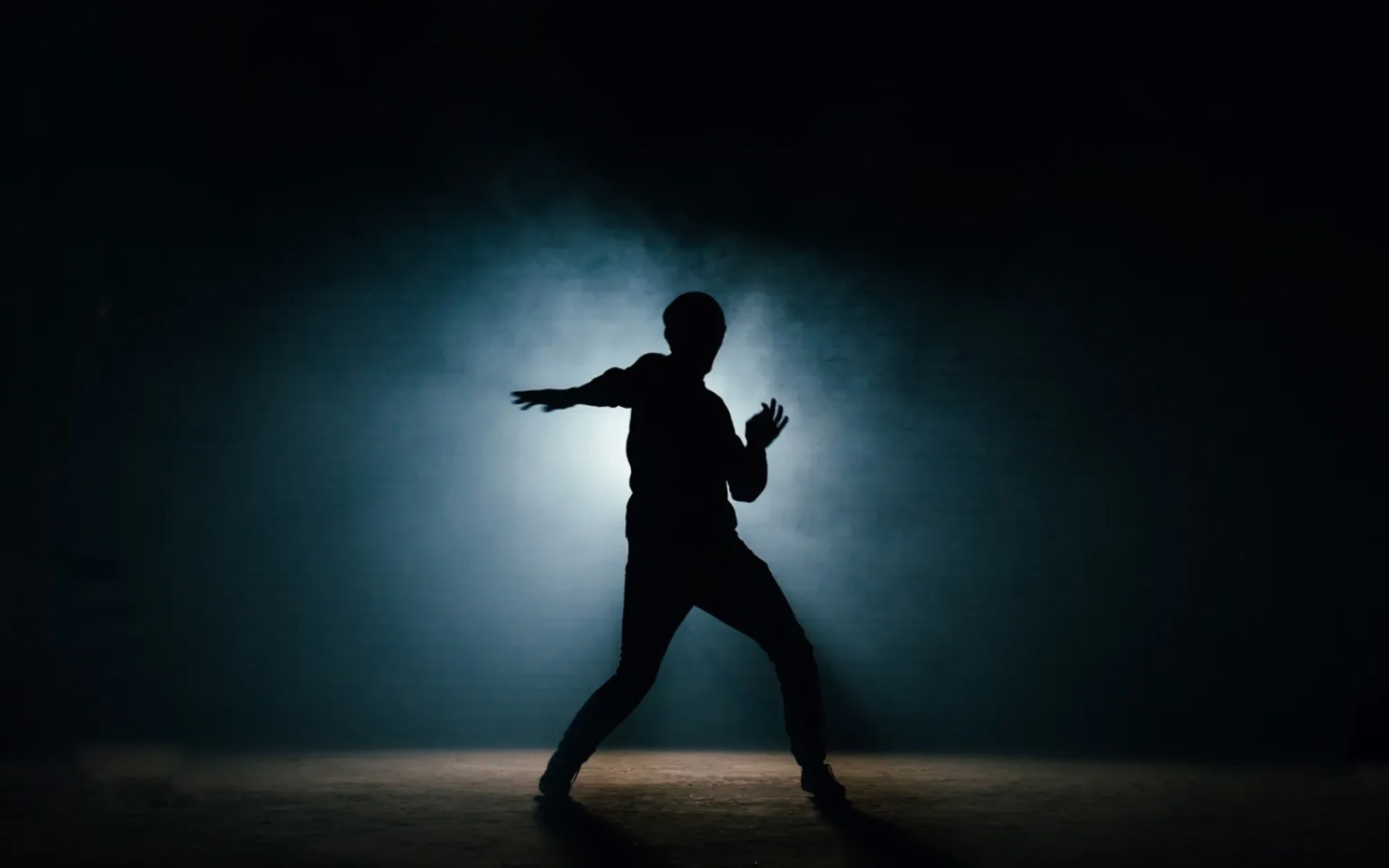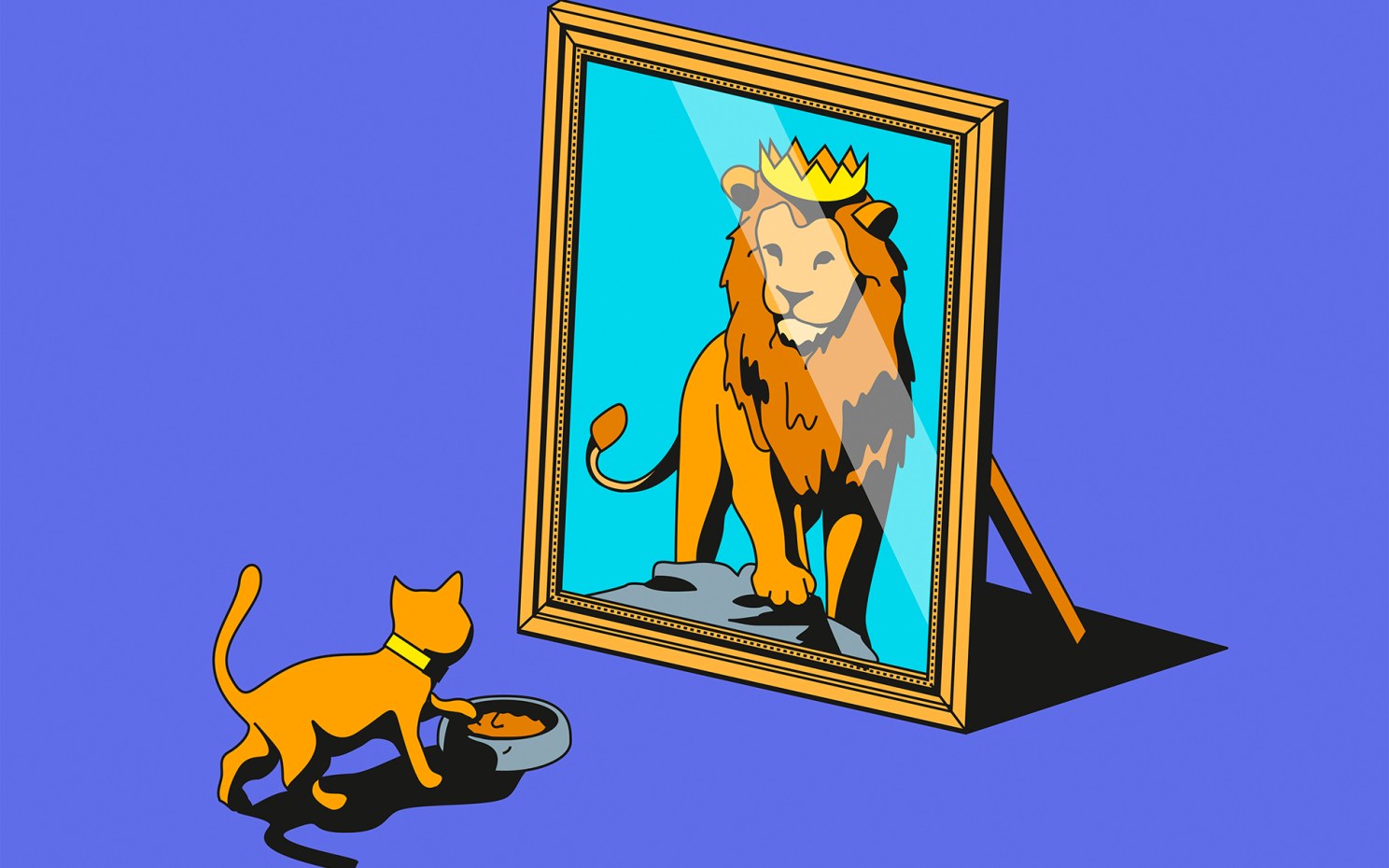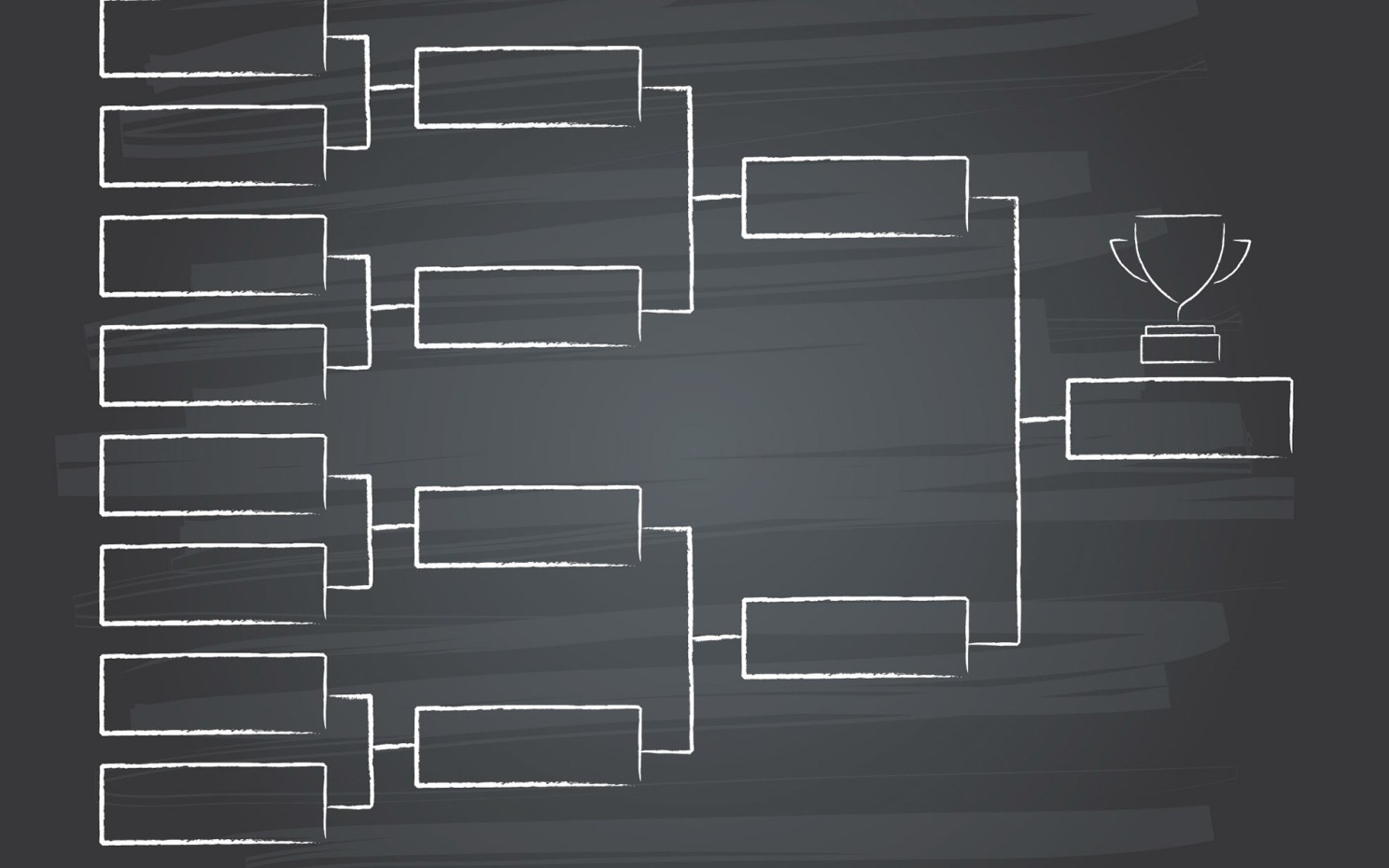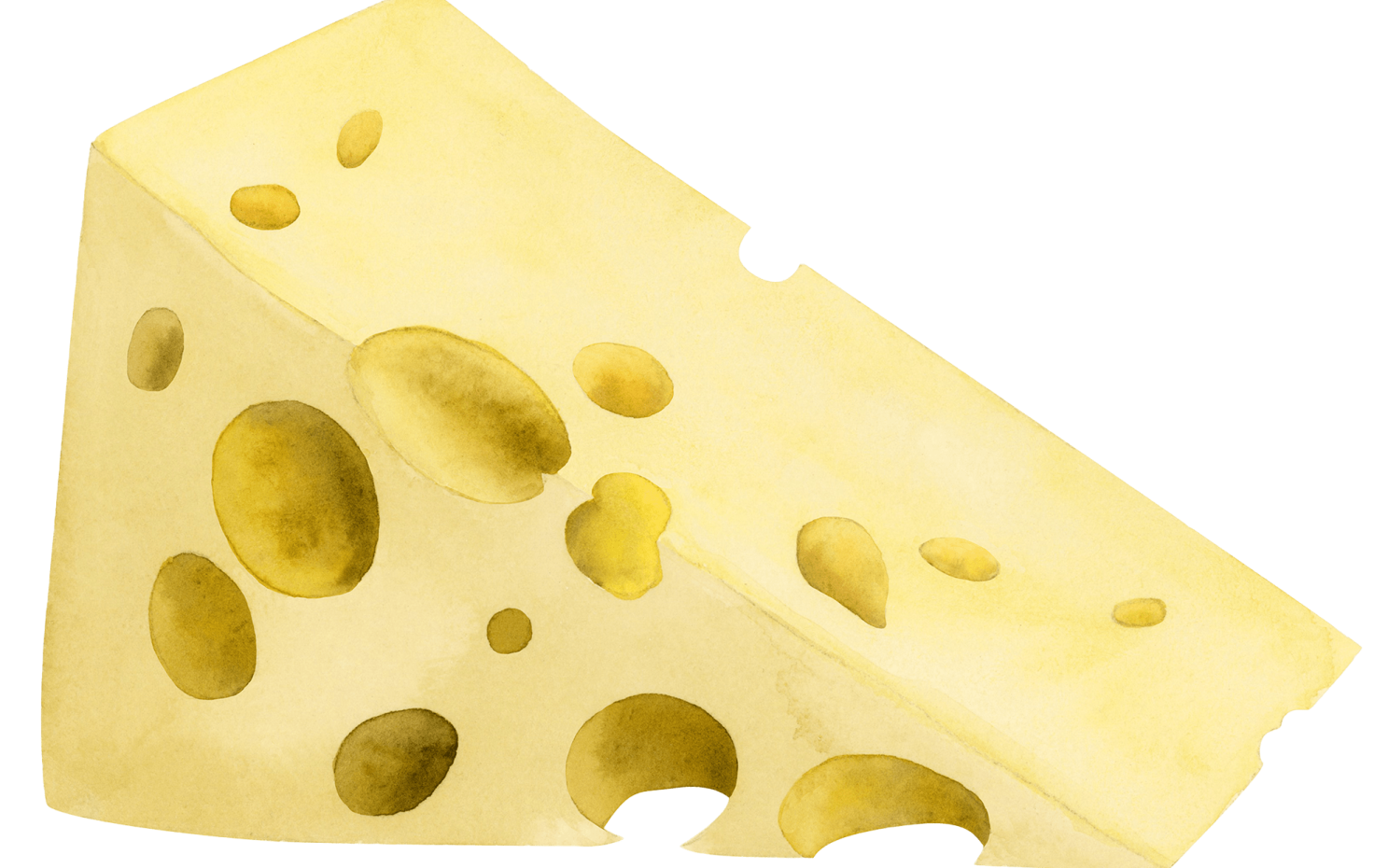How to judge a painting
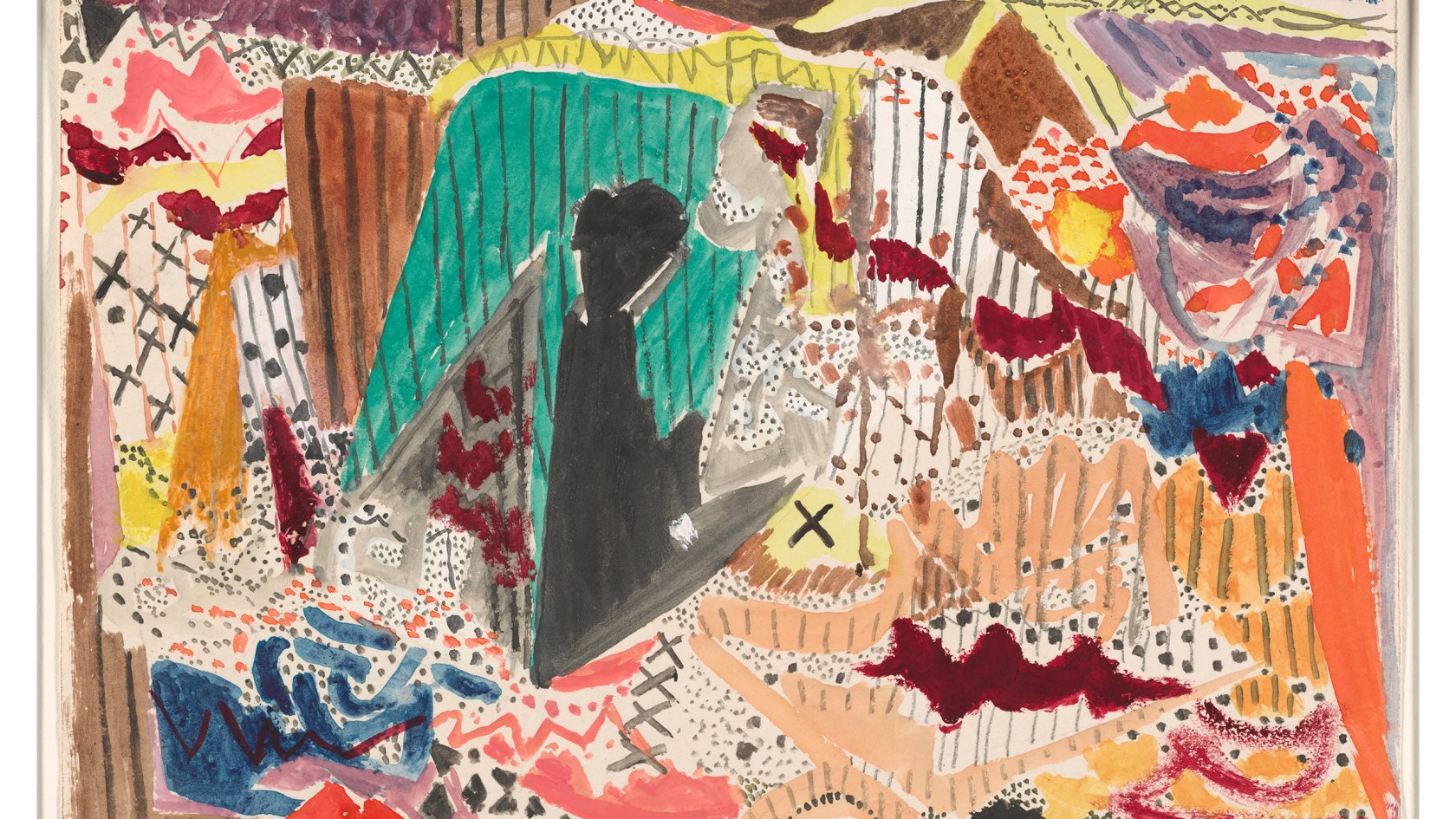
“The Shop Window” by Louise Rösler, 1948.
© President and Fellows of Harvard College
Do: Ask questions and keep an open mind. Don’t: Say your child could’ve made that.
Part of the Wondering series
A series of random questions answered by Harvard experts.
Lynette Roth, the Daimler Curator of the Busch-Reisinger Museum, offers tips for evaluating art on your next trip to the museum.
I start with what attracts my attention. And that can sometimes be tricky, because some works are big and bold, or highly Instagrammable and they might have what we call wall power — they just dominate everything else that’s around them. So, yes, it’s important to see what attracts your attention, but I would say for me it’s actually more what sustains my attention.
I ask myself, “Do you want to keep coming back to it?”
Then ask, what are we seeing exactly? What are we looking at, and then the visual analysis follows. How is it composed, what is it made of? Once you start to work your way into that, I think you can find something interesting in pretty much everything.
It also depends on what I’m looking for. Am I looking for works of art for the museum, or am I looking for myself? I think the motivation is really important to keep in mind because there are works of art that I think are absolutely crucial for our collection at the Busch-Reisinger Museum or the Harvard Art Museums that I would not hang in my home.
It’s always important to have an open mind. There are certain traditional standards of art-making that a lot of people still subscribe to, and may dismiss certain kinds of contemporary art, or even modern art out of hand, because, you know, the typical one is, “My child could do that.” There may be a certain medium or something I don’t necessarily feel as comfortable or as knowledgeable about but can go into with an open mind.
I work with a collection of nearly 50,000 objects and certainly haven’t seen all of them. But I have installed things differently in different places and different contexts and they speak to me in a new way. I’ve been looking at these works of art for 12½ years now, and even if you have all the knowledge in the world about something it can still surprise you.
Do you have to be an art historian? Absolutely not. Ultimately, it’s subjective. I can’t convince you to like something because I say, “This is a major artist of the 20th century” — you might not be interested in that. But my experience has been that it will grow on you as you have more context.
Is it something where it has changed the way that people saw or thought about what art was or what was possible? Did it push their way of seeing the world or did it contribute in important ways to social change? Context only adds to what I would say is the value of it as a work of art.
Spending a lot of time with artists or with artworks you just build a collective sense of what’s out there and what’s been out there.
Everyone should go to the Harvard Art Museums — especially now that they’re free for everyone. The nice thing is you can return — come for a half an hour and look at one painting and come back again and look at it again on a different day when you’re feeling differently or you’re thinking about different things. The more time I’ve spent with something, it’s rare that I find it less interesting.
If something really piques your interest, see what other information you can gather — what other exhibitions are there on a related topic or books or online talks and programs.
There’s so much great material out there if you really want to dig in. But you know, the best thing is just to spend the time and actually that’s how you train your eye. That’s how you train it for what you like, but also, you’re building that larger context for yourself.
— As told to Anna Lamb/Harvard Staff Writer




